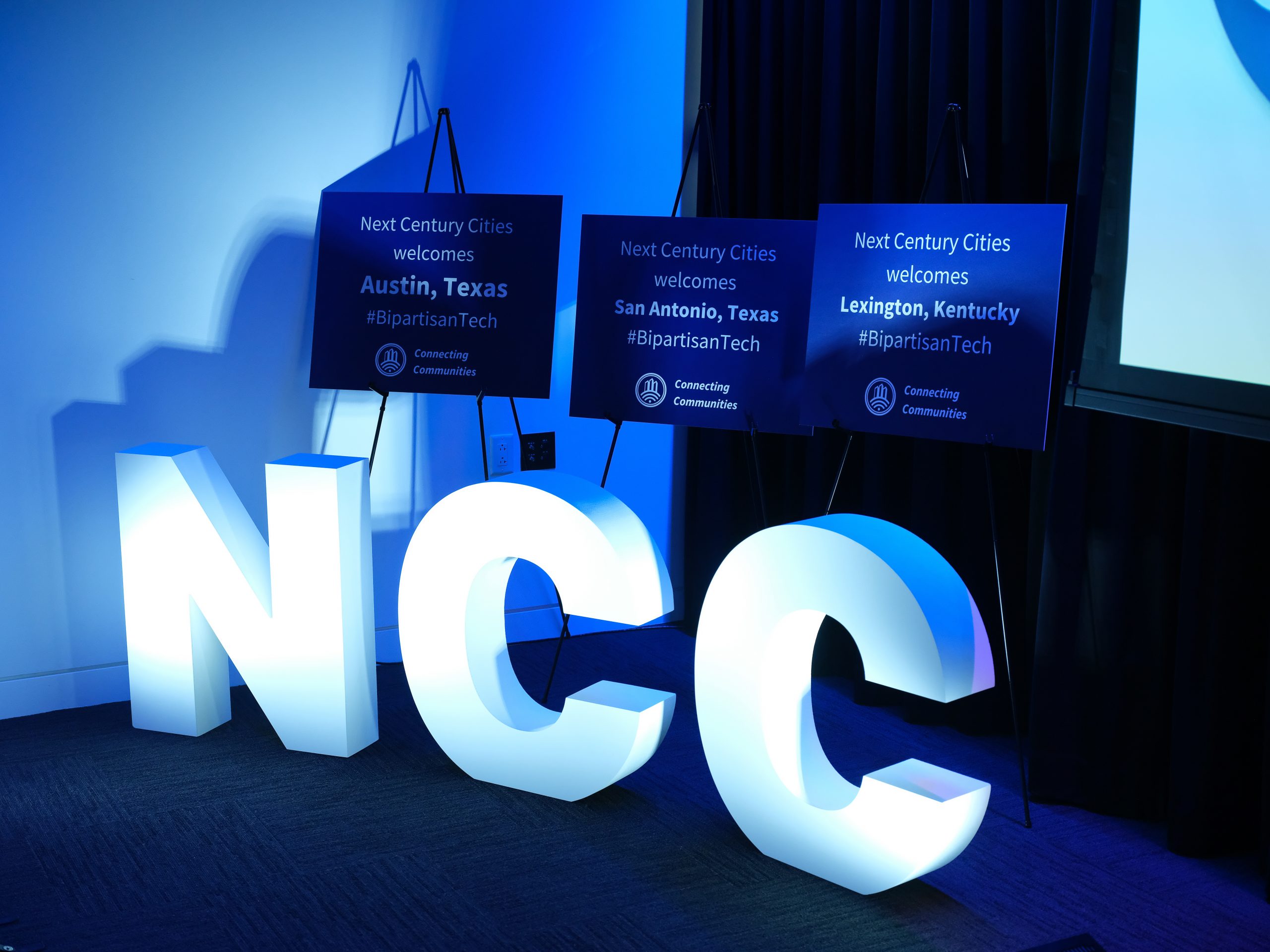Following the FCC’s funding cuts for its Rural Health Care (RHC) program within the Universal Service Administrative Company (USAC), health care providers are relying more on consortia as a source of administrative and financial reprieve.
We did some research and talked to Matt Chandler — the Director of Customer Relations at HealthConnect Networks — and David Corrado, who is the now-CEO of the Medina County Fiber Network who formerly worked as the Project Manager on the network buildout for the Northeast Ohio Regional Health Information Organization.
What are consortia?
A consortium is a single entity representing a membership of health care providers. Hospitals and clinics join together — typically within regions — to request support from the RHC as a single entity. Each consortium can be a legal entity when it has its own taxpayer identification number (TIN), and each must also have a member organization to serve as a consortium leader who is legally and financially responsible for the activities that the Health Care Fund (HCF) supports. This leader may be the consortium itself when it has its own TIN and is therefore its own legal entity. A consortium also must have a project coordinator — an authorized employee of the consortium leader — who serves as the point person for communicating with the FCC and USAC.
What are the advantages of being part of a consortium?
For health care centers with fewer administrative resources, being part of a consortium can provide the support necessary to apply for RHC funding. This can help to navigate the tricky process of applying for USAC funding.
“The consortium does offer, I think, a stronger case when you’re going for rural healthcare funding than just a rural hospital on its own,” said David Corrado. “The bigger the consortium, the better.”
Non-rural health care centers can also benefit from taking part in a consortium. They can receive support from the RHC by being part of a majority-rural consortium whereas they may not be able to receive this kind of funding on an individual basis. Also, health care centers can secure funding for up to three years at a given time.
“It’s a great opportunity for rural to really catch up to what urban sites have,” said Matt Chandler.
A final significant advantage is that building out a network for health care centers can turn into backbones for fiber for other institutions or even commercial customers, says David Corrado.
“If you get a consortium together in a certain geography, it forms the backbone for actually running fiber to many types of buildings, not just the hospitals,” he said.
Although health care centers may be in the same consortium as competitors for the sake of gaining a subsidy, they also have the opportunity to learn from one another and improve beyond the funding. Matt Chandler called these opportunities “kumbaya moments.”
“In the true sense of the consortia, it’s only for the benefit of the subsidy, so you can have your biggest enemy in the same consortia,” he said. “We’re not looking for that kumbaya moment although that is a great opportunity at some point where you can have the exchange between one hospital and another, one rural center and another, saying ‘okay, how are you doing this for services?’”
What are the disadvantages of being part of a consortium?
Disadvantages can vary depending on the consortium, but a common complaint is the cost of membership. There exists the fear and possibility that as membership numbers decline in consortia, the costs to be part of it increase to the point where each individual organization may be better off taking care of themselves rather than combining administrative resources.
Another disadvantage comes with the recent RHC funding cuts. Consortia funding received a higher percentage of funds cut than individual institutions; today, consortia receive 74.4 percent of their requested amount while individual institutions receive 84.4 percent.
How can a health care center join or begin a consortium?
The health care centers involved with consortia must meet certain requirements, and consortia themselves have eligibility criteria as well. While all centers involved must be public or nonprofit organizations that provide healthcare (according to the RHC guidelines), more than 50 percent of the centers in a given consortia must be “rural” by the RHC’s standards.
David Corrado said rural health care centers looking to build their networks or join a consortium should find larger hospitals that people are driving to for services, understand their costs of construction, and look for support in their lawmakers.
He also said that “getting the support up to Washington, D.C.” is a significant aspect of rolling out local networks for health care centers. Consortia can connect with one another to gain contacts, intel, and advice.
“It doesn’t hurt for consortia to talk to other consortia that have solved it and gone through it and found out what the contacts were,” he said.
Anna Higgins is a 2018 summer intern at Next Century Cities and a candidate for a master of public policy at the University of Virginia.

